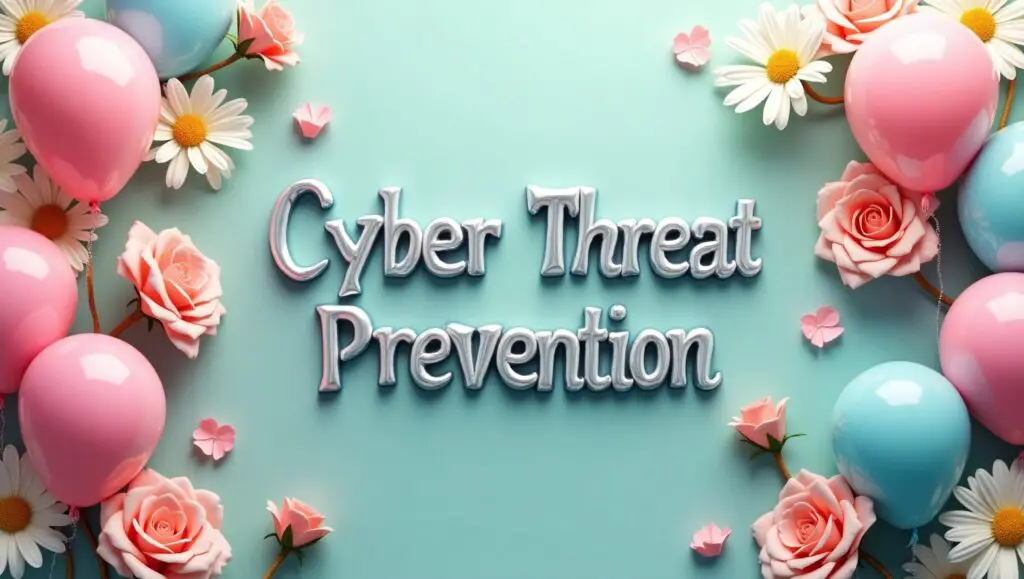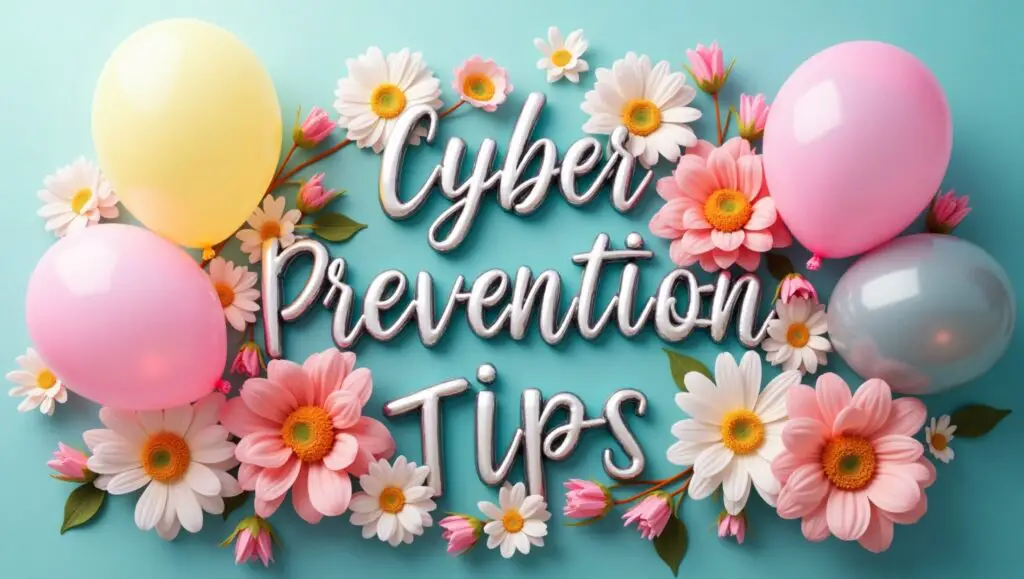In today’s hyper-connected digital world, cyber risks are more common than ever before. From phishing schemes and ransomware attacks to identity theft and data breaches, the internet poses major threats for individuals and businesses alike. Cybercriminals are continually altering their strategies, making it necessary for everyone to keep aware and proactive.
The consequences of falling victim to a cyberattack can be severe. Whether it’s losing sensitive personal information, facing financial losses, or having your social media accounts hacked, the impact can be both personal and professional. For businesses, a single cyber breach can result in lost trust, revenue, and legal consequences. Therefore, adopting cyber threat avoidance behaviors is no longer optional—it’s a need.

Why Cyber Threat Prevention Matters
- Use Strong and Unique Passwords
The first line of defense against most cyber threats is a strong password. Weak passwords like “123456” or “password” are simple targets for hackers. Tips: Use a combination of letters (upper and lower case), numbers, and symbols. Avoid using personal information like your name, birthday, or phone number. Never reuse the same password across several accounts. Consider utilizing a trustworthy password manager to generate and store secure passwords. - Enable Two-Factor Authentication (2FA)
Two-factor authentication adds an extra layer of security by requiring not only a password but also a second factor—usually a code sent to your phone or email. Benefits of 2FA: Even if someone gets your password, they can’t access your account without the second factor. Most major services, including Gmail, Facebook, and financial apps, allow 2FA. Authenticator programs like Google Authenticator or Authy allow even more secure code generating.
Keep Software and Systems Updated
Outdated software typically contains security weaknesses that hackers can exploit. Keeping your devices up to date is essential for cyber safety. What to update regularly: Operating systems (Windows, macOS, iOS, Android) Web browsers (Chrome, Firefox, Safari) Antivirus and security tools Applications and plugins Set automatic updates wherever possible to guarantee you’re always protected with the newest security fixes.- Be Wary of Phishing Scams
Phishing is one of the most prevalent and efficient tactics fraudsters employ to mislead consumers into providing sensitive data. How to identify phishing: Check the sender’s email address—fake ones typically look suspicious or slightly off. Avoid clicking on links from unknown sources. Look for language problems or urgent messages that pressure you to act soon. If in doubt, verify the message by contacting the organization directly. - Secure Your Wi-Fi Network
Your home or office Wi-Fi is a doorway to all linked devices. An insecure network can allow hackers access to everything. Steps to protect Wi-Fi: Change the default router name and password. Enable WPA3 or at least WPA2 encryption. Disable remote access to the router. Use a firewall to monitor and manage incoming and outgoing traffic. - Install and Maintain Antivirus malware Antivirus solutions are critical tools for identifying, quarantining, and eliminating harmful malware. Key features to look for: Real-time protection Automatic updates Malware and ransomware detection Email and browser protection Popular antivirus choices include Norton, Bitdefender, Kaspersky, and Windows Defender.

Backup Your Data Regularly
Data backups are critical in case your device is compromised or attacked with ransomware. Backup options: Cloud-based services like Google Drive, Dropbox, or OneDrive. External hard drives or USB storage devices. Use encryption for sensitive files and test backups periodically. By backing up your data, you can restore your PC and prevent paying ransoms or losing crucial files forever.- Avoid Public Wi-Fi for Sensitive Transactions
Public Wi-Fi networks are convenient yet notoriously insecure. Cybercriminals can intercept data exchanged via open networks. Safer practices: Avoid accessing banking or shopping accounts on public Wi-Fi. Use a Virtual Private Network (VPN) to secure your connection. Turn off auto-connect features for Wi-Fi on your devices. - Educate Yourself and Your Team
Cybersecurity is a shared responsibility. Whether you’re at home or at a job, sharing awareness can significantly lessen dangers. Training ideas: Conduct regular security workshops or webinars. Share articles, newsletters, or videos about the current risks. Simulate phishing attacks to train personnel. The better informed you and your staff are, the tougher it becomes for cybercriminals to exploit human error.
Monitor Your Digital Footprint
Regularly monitor your accounts and internet presence for any strange activities. Tools and tips: Set up account activity alerts. Use identity theft monitoring services. Review privacy settings on social media. Periodically Google yourself to see what’s publicly accessible. Early detection can make a major difference in preventing and minimizing cyber attacks.

Final Thoughts
Cyber threat protection isn’t a one-time task—it’s a continuing commitment. By adopting proactive efforts such as using strong passwords, enabling 2FA, remaining updated, and being vigilant online, you greatly lower your chances of falling victim to digital attacks. In a world where cyber threats continue to grow in complexity and frequency, staying informed and prepared is your best defense. Whether you’re an individual user or managing a corporation, implementing these cybersecurity best practices today will protect your digital life tomorrow: Cybersecurity recommendations, cyber threat prevention, online safety, digital security, prevent cyberattacks, data protection, phishing scams, antivirus software, secure Wi-Fi, cyber hygiene.



